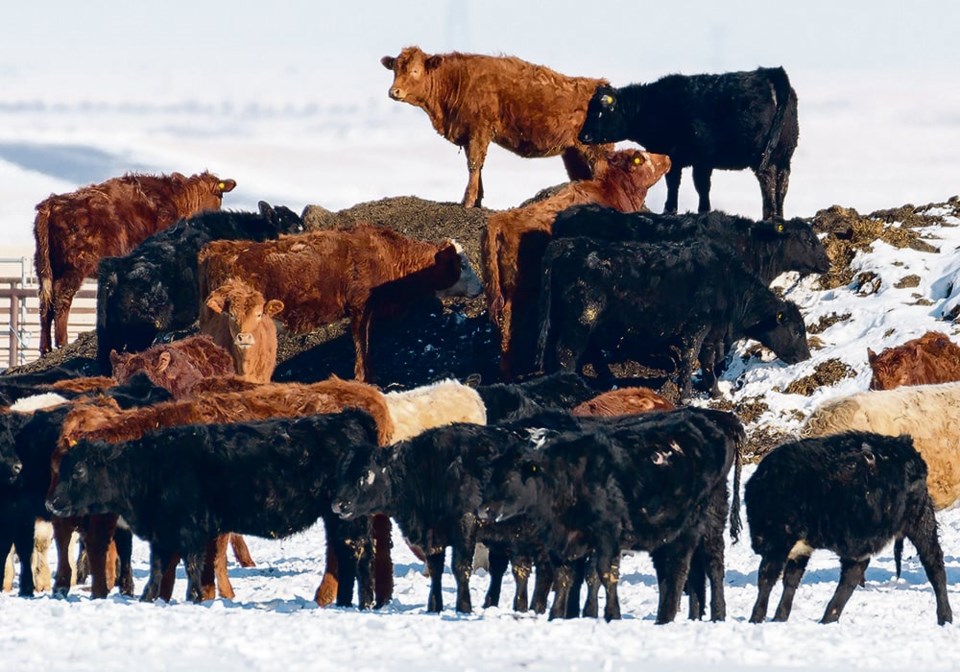WESTERN PRODUCER — Nobody should expect a miracle additive or measure to shut down methane emissions from cattle, says a senior Agriculture Canada researcher.
Methane comes from the fundamental process of ruminant digestion, so it’s unlikely to be eliminated while productivity is maintained.
“For the most part, these are going to only result in marginal reductions in methane emissions and won’t generate the dramatic reductions that we require,” Tim McAllister, a ruminant nutrition expert based in Lethbridge, told a sustainability conference organized by the University of Manitoba’s National Centre for Livestock and the Environment.
The ruminant gut is a complex processing system that employs microbes to produce enzymes to digest the otherwise indigestible plant material that gets turned into muscle or milk by cattle’s bodies. That process creates hydrogen, which can interfere with gut fermentation, but the creation of methane allows that hydrogen to be transformed and removed from the gut. That’s where the emissions come from.
That’s why they won’t be easy to radically reduce. If methane isn’t there to remove the hydrogen, efficiency and productivity would be damaged.
McAllister said many potential feed additives are being developed that could reduce methane emissions, but miracle solutions are unlikely. Apart from reducing efficiency, cattle guts are likely to adapt quickly to a reduction in methane production from one microbial source by boosting others in the rich population of microbes living in the rumen.
Different feeds can have an impact, but they have different side effects. For instance, adding vegetable oils can reduce methane emissions, but are costly.
“In many cases, the introduction of oils into the diets of livestock just doesn’t make economic sense from a least-cost diet formulation standpoint,” said McAllister.
The best hopes he sees for a significant reduction in methane emissions is through an holistic approach that involves multiple measures.
Manure is undervalued in North America but could be used better to replace chemical fertilizers. Breeding that further improves the efficiency of cattle and dairy production will reduce the per-unit emissions of cattle.
However, the drive to reduce emissions from livestock shouldn’t blind people to the emissions impact of reducing livestock’s role in the economy and environment. Cattle consume feedgrains and crop byproducts that might otherwise be wasted.
Cattle can reduce food waste by turning it into feed.
Cattle live on land that is often seen as marginal and is vulnerable to degradation if used for other purposes.
McAllister is skeptical of the potential of “cultured meat” to be better than conventionally raised meat, since lab meats rely upon much energy and resources.
He also supported the focus of most people in farming and agriculture on the “intensity” of carbon emissions from agriculture, rather than upon set nominal amounts.
“We’ve always argued that when it comes to producing food, it makes sense to express the emissions on an intensity basis,” said McAllister.
“That gives us some indication of where we can produce the food with the lowest carbon footprint.”
If society wants to see major methane reductions from livestock, it will take an all-of-society approach and a transformation of the agriculture and food system, McAllister said.




